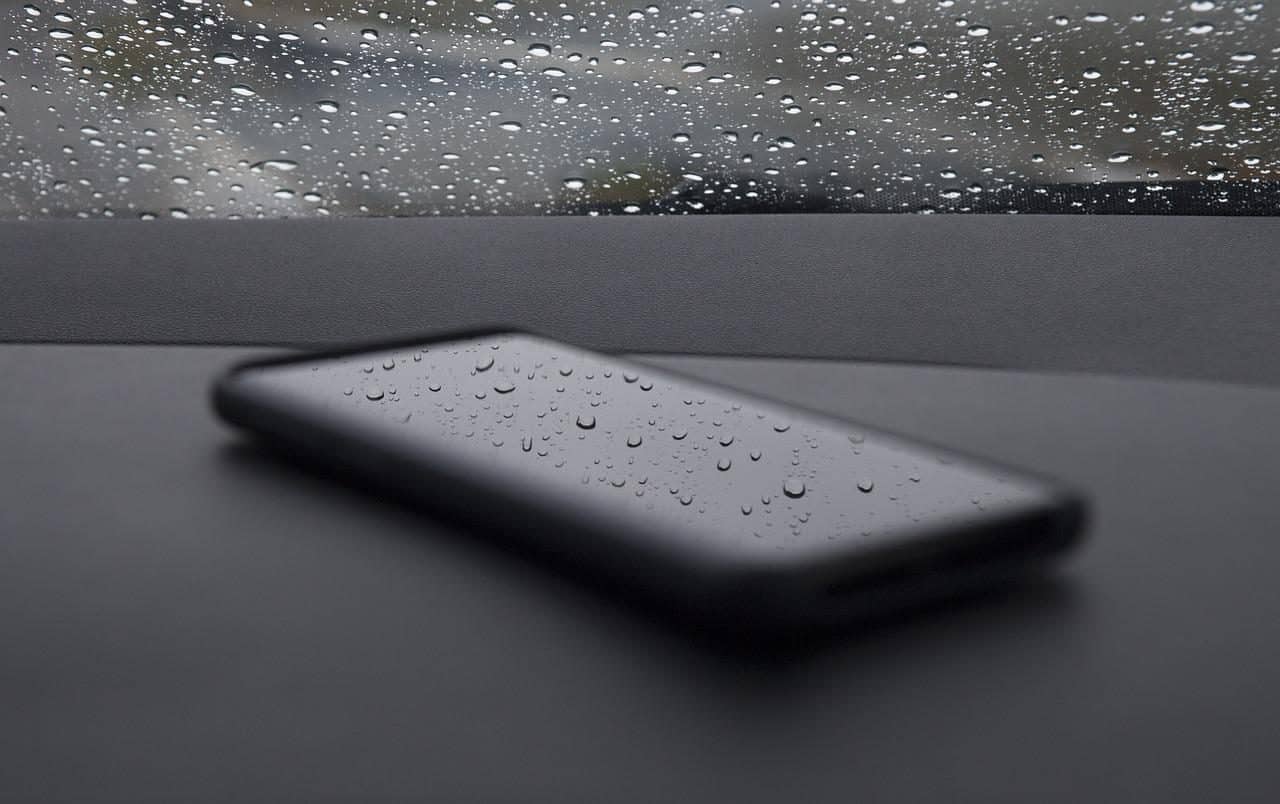Are you on the hunt for a device that can play games, multitask, process word documents, etc., seamlessly? In this article, I have listed the best old flagship mobile devices that can stand should shoulder with today’s flagship devices. Do not think that these devices are obsolete because they are old flagship phones that might be old but they can do everything the new flagship devices can do. Here is a list of the remarkable devices.
1. Samsung S8
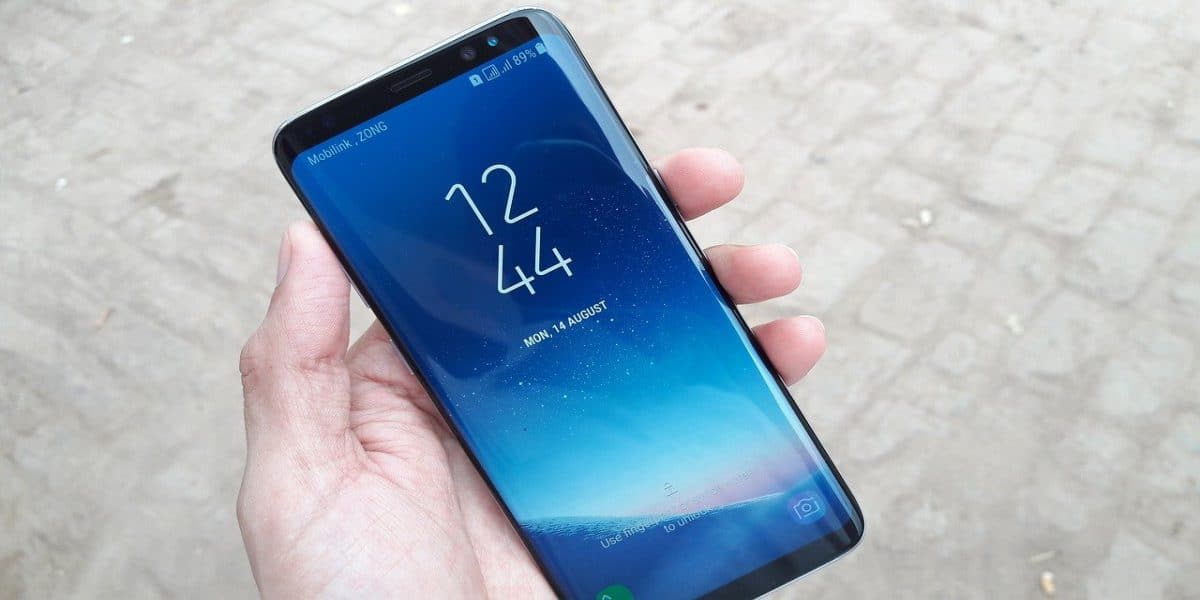
Without a doubt, the Samsung Galaxy S8 is the most beautiful, polished phone to have ever been produced. It checks the box in all aspects of what makes a phone a flagship, there might be a few setbacks but that doesn’t take from the remarkable performance of the device.
The Samsung Galaxy S8 is the South Korean smartphone manufacturer’s flagship device for 2017. In India, the smartphone was released in April with a starting price of Rs 57,900. The Galaxy S8 is powered by a 1.9GHz octa-core Exynos 8895 chipset from Samsung. It includes 4GB of RAM and 64GB of internal storage, which is extendable by a microSD card up to 256GB. The smartphone has what the company calls an Infinity Display, which has a dual-edge curved display with an aspect ratio of 18.5:9.
Corning Gorilla Glass 5 is used to protect the smartphone’s 5.8-inch QHD+ Super AMOLED display. In terms of photography, the smartphone has a 12MP ‘dual-pixel’ camera on the back with optical image stabilisation and an aperture of f/1.7. An 8MP camera with autofocus is located on the front of the device. Wi-Fi 802.11ac, 4G LTE, Bluetooth v5.0, USB Type-C, NFC, and GPS are among the connectivity choices.
Users will receive an accelerometer, barometer, gyroscope, ambient light sensor, heart rate sensor, and proximity sensor as sensors. The phone also accepts Samsung Pay which is cool but not the defining feature of the s8.
2. Samsung S9
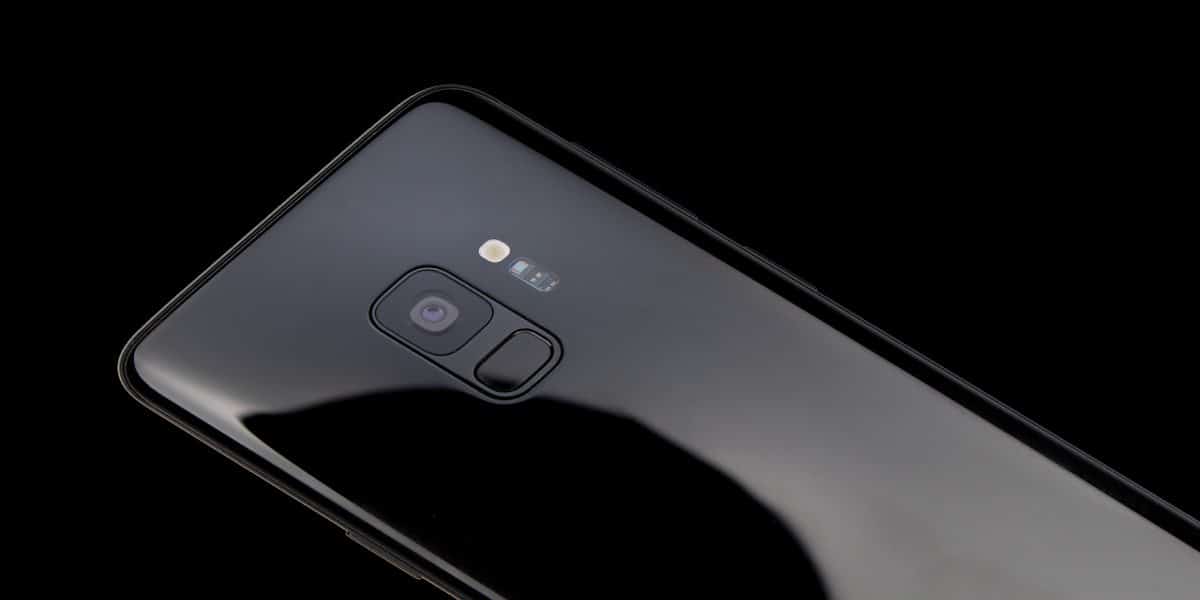
The Samsung Galaxy S9 cannot be forgotten for its classy design. Similar in build design to the Galaxy S8, the Samsung not only comes with a beautiful body but with the performance juice to match the beauty. In addition to the improvements in the performance of this device, the Samsung S9 comes with features that make it stand out as the successor of the S8. The S9 features a 5.8-inch Quad HD+ Super AMOLED display with an aspect ratio of 18.5:9. The display also supports HDR.
In the performance arena, the Samsung S9 is no slacker, it is still a powerful device that shouldn’t give you any worry, and can be used for a few more years. The S9 comes bundled with 4GB of RAM, an Exynos 9810 octa-core processor, and 64GB or 256GB of internal storage.
The Exynos 9810 is still a very powerful processor delivering impeccable results when it comes to overall performance. The S9 can still multi-task, and play the latest and most-demanding graphic video games like PUBG, COD, and FORTNITE. You would not regret buying the Samsung S9 this year or even the next.
The S9 isn’t going anywhere soon. We haven’t yet mentioned that the S9 still has one of the best cameras out there. It can capture videos up to 960fps and has different aperture settings, so you can customize your camera output. The only downside of this device is the battery. The 300mAH battery may not last you a full day even under minimal usage. However, this can be complemented with the fast charging feature which can charge the battery in a little over an hour.
3. Samsung S10
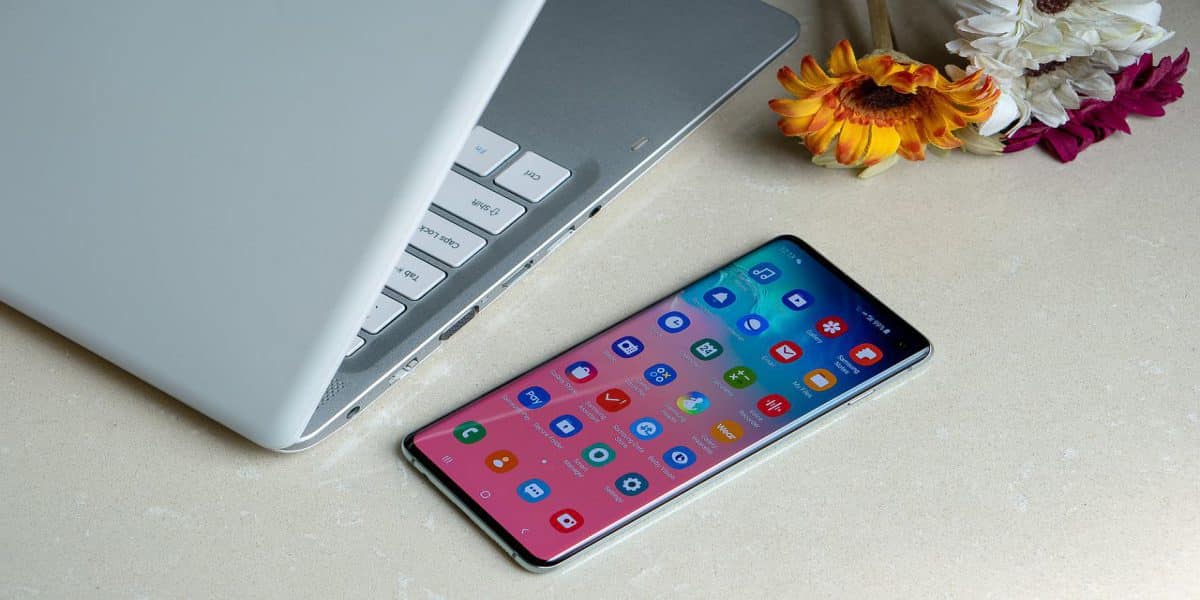
The Samsung S10 series is the immediate sibling of the Galaxy S21 series so we should expect the S10 to be close to the greatness of its successor. The Samsung S10 boasts of a QHD+ resolution display like some of its recent siblings but has a larger screen of 6.1-inches. Obviously, the s10 fixes the lapses of the s9 and comes with even better performance as we’d get to see in a bit.
The Exynos 9820 chip of the Samsung S10 can do anything, it can run any app or any game as long as the game was built for the Android OS. Working together with the powerful processor of this once-upon-a-time flagship device is an 8GB RAM. This is an upgrade from its predecessor which comes with 4GB of RAM. Another noticeable improvement over its siblings is the 3400mAH battery that comes with the S9. If the S9 was a beast, the S10 is a monster.
Its camera is not too far away from today’s mobile phone camera standards and can still produce quality photos that would compete with the likes of the iPhone 13. Samsung has always made it a task to deliver its customers a variety of camera features that make mobile photography a wonderful experience.
The camera is a 12-megapixel telephoto camera that does pretty well even in poor lighting conditions. But, that’s not it, the 12-megapixel main camera is paired with a 16-megapixel ultra-wide camera which enables the device to capture photos with wider angles.
4. LG G7
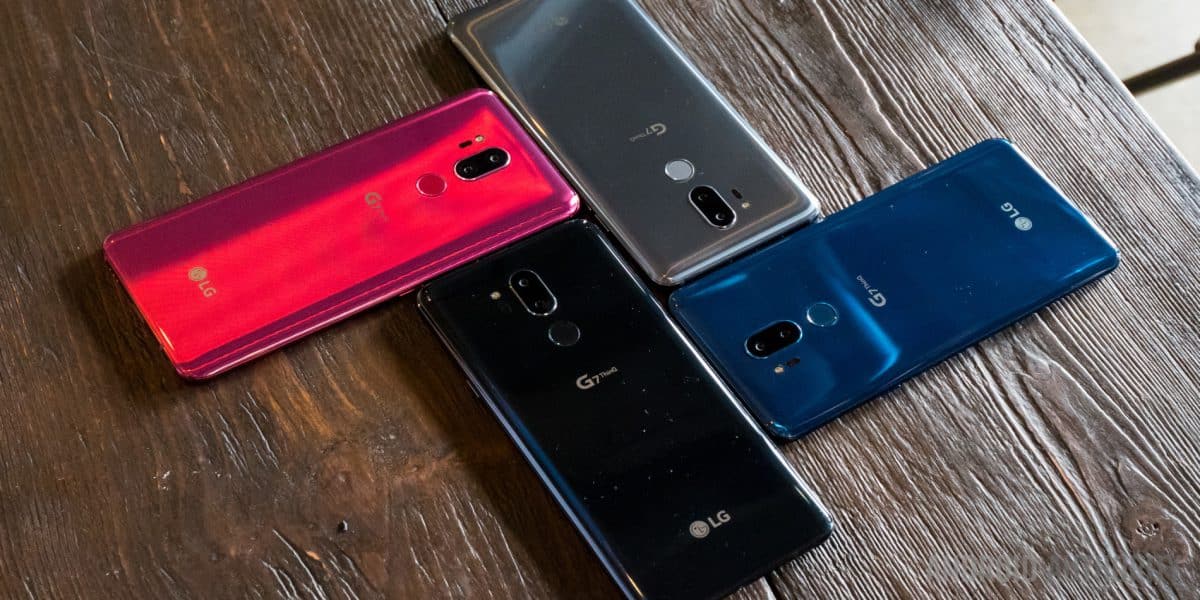
Unknown to many, LG has produced mobile devices that would rival those of top producers like Samsung and Apple. The LG G7 is a significant comeback for LG into the business of top-notch mobile devices. The LG G7 is LG’s 2018 flagship device meant to compete against Samsung’s S9. Like its competitor, the LG G7 comes with a QHD+ screen display which produces excellent and very vibrant colours.
The display supports HDR 10, adding to the performance score of the device. Do not be deceived by the production date of the device, it is still a capable mobile phone in 2022.
Speaking of performance, the LG G7 is IP68 certified for dust and water resistance and is also shockproof.
Can this old flagship mobile device deliver performance?
Powering the device is a Snapdragon 845 chip which is assisted by a 6GB RAM and 128GB of storage. It shares the same processor as the Samsung S8 which is on the older side of things. Nonetheless, the LG G7 performs remarkably under strenuous conditions like using multiple apps at the same time and even streaming a high-quality YouTube video.
LG is notorious for producing cameras that don’t fare well under poor lighting conditions, so if that’s your main reason for wanting a phone, you may want to avoid it. The camera features a 16-megapixel lens with an f/1.6 aperture which is supposed to help under dim light conditions.
Similar to the Samsung S10, it has a dedicated wide-angle 16-megapixel camera which would be great for landscape shots. Both lenses help produce stable and high-quality video shots too
The Battery is not on the upside though, like the S8 you’re not getting anywhere near a day’s use. If you use your phone regularly, you would be charging the phone more than once a day.
5. LG V30
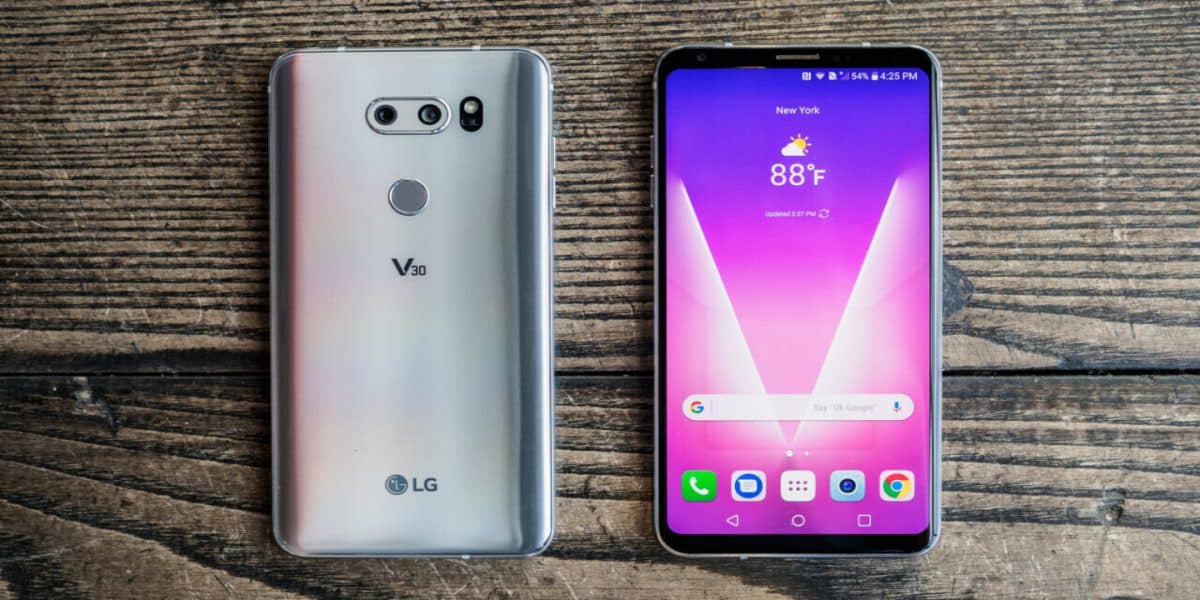
The LG V30 is LG’s version of the beauty of Samsung’s S8. It was released just about the same time as the Samsung S8 and can easily compete and beat the S8 in some instances.
The G8 has a wider screen ratio than the S8 even though they share a similar screen resolution of 1440×2880 pixels. Like a variation of the S8, the V30 comes with QUALCOMM’s top-notch processor, the Snapdragon 835, supported by 4GB of RAM. Just like the s8, s9 and G7, you can upgrade the LG V30 to Android 9. So software aspects of things are covered.
It also features a 3300mAH non-removable battery which from my experience having used both the S8 and V30, last much longer than those in its caliber. The LG rear camera and front cameras are not on par with that of its Samsung rivals. Even though the LG also comes with a 16-megapixel wide-angle rear camera, it still underperforms in light conditions as well as dark. The front-facing camera is a let-down and a huge mistake on the side of LG.
The LG design is also not what you’d classify as premium when put side by side with its rivals on this list. Nonetheless, it’s a reliable phone that has an engine more powerful than some of its rivals of the same production year. I’ve also noticed that LG does a great job with its speakers and audio output. The LG V30 has another edge over the Samsung S8 when it comes to the loudspeaker or headphone output.
6. LG V40
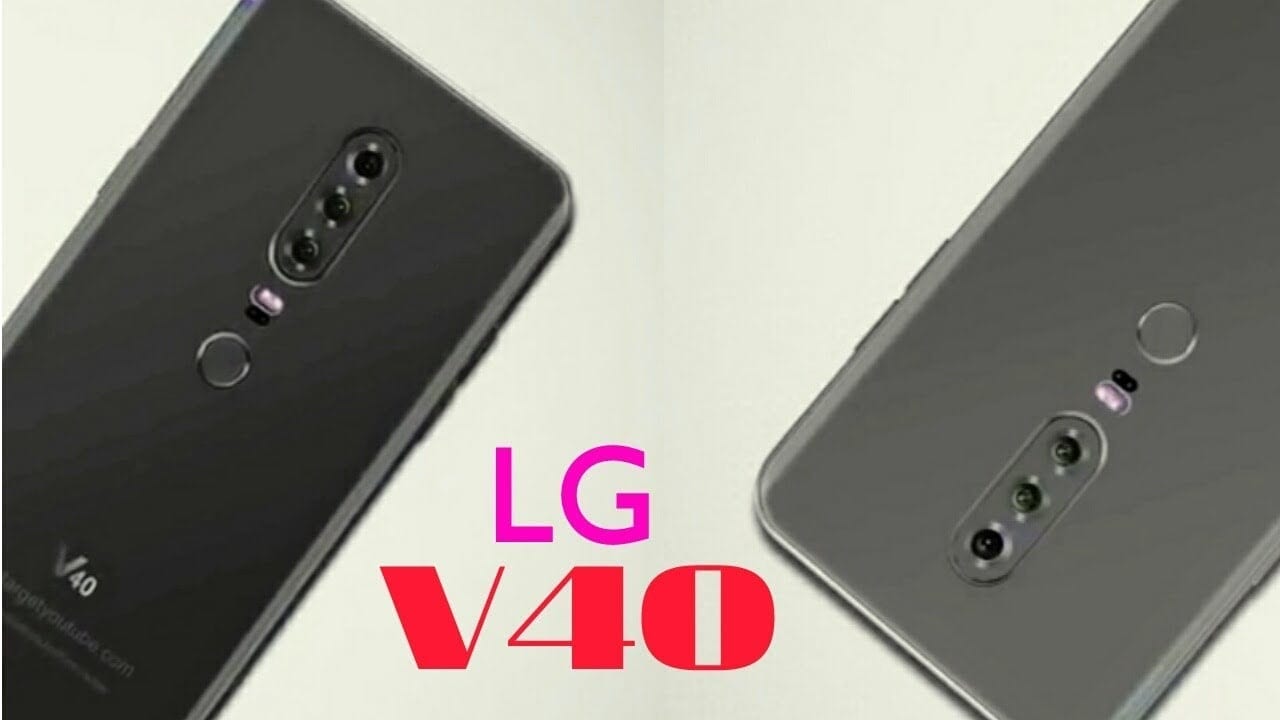
The LG V40 Thin Q is a classy-looking phone with a better-looking design than its predecessor. Although on the screen quality side, it is still catching up to the Samsung S8 and S9. In this design we see a familiar feature, that is, the glass back. Also, we are introduced to LG’s OLED display with QHD+ resolution which can be adjusted manually in the settings menu. The display I s protected by a Corning Gorilla Glass 5 too.
LG has certainly ticked more boxes on the premium checklist this time around. Everything about this device reeks of premium, from the external design of the device all the way to the customized Android 8.1 Oreo user interface. Getting into the performance side of the device, LG introduces the Snapdragon 845 chipset. So you wouldn’t worry about the performance. It also has almost twice more RAM as its predecessor.
On the back of the device, you find the trio-camera setup; a standard sensor for depth, a wide sensor, and a telephoto sensor. The front panel also includes multiple cameras, a standard sensor, and the wide-angle sensor. LG must have realised their mistake with the previous version because they’ve made sure the V40 competes in every ramification. However, it needs to put more effort into the processing of images taken under dim light conditions. 7.
7. Redmi Note 8 Pro
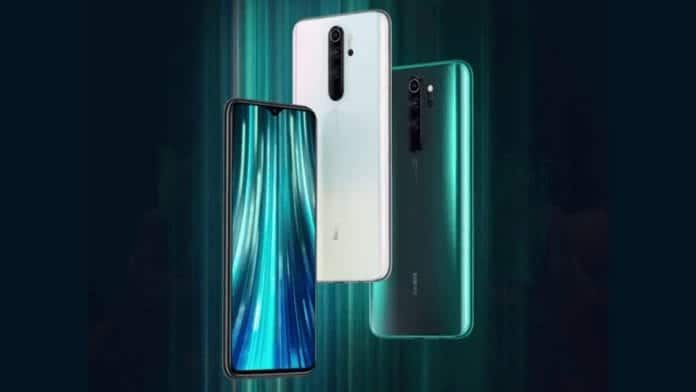
Xiaomi is the odd man out in this list of budget devices still great in 2022. Unlike the other members on this list, the Redmi Note 8 comes with what many consider to be a budget processor and build. The MediaTek processor usually scares people away from such phones, but unless you’re opening 20 apps at the same time, you shouldn’t be able to notice the difference in overall performance.
Speaking of performance, the Note 8 Pro as already stated, comes with a Mediatek processor. It is powered by the octa-core Helio G90T consisting of two Cortex-A76 and six Cortex-A55 processor chips. The Xiaomi Redmi Note 8 Pro is really not left behind when it comes to processing power.
Can the Mediatek device compete in this arena?
On the display front, the smartphone is equipped with a 6.53 inches IPS display panel. It is in this area that Xiaomi usually cuts the budget tremendously. However, the Note 8 Pro is also a flagship device and can hold its own against the other contenders in this list. The display panel has a resolution of 1080×2340 pixels and is protected by the quality Corning Gorilla Glass 5, the same as some others on the list.
Now, to another important feature- the camera. On the back of the device, you’d find the rear cameras- a quadruple actually. The main camera is an astonishing 64MP wide camera, which is supported by an 8MP ultra-wide camera, an MP Macro dedicated camera and finally, a 2MP depth sensor camera. On paper, it certainly is more equipped than every other contender on this list in the aspect of the camera.
In reality, Xiaomi’s image processing may be the downside of the industry. Samsung for example has the state of the art image processing software that would give Xiaomi a run for its money. Now, to the front of the device. Close to the bezels of the top-end of the device, Xiaomi has mounted a whooping 20MP single cameral. WOW!
It supports other standard features like gyro, proximity, compass, fingerprint sensor, and all other good stuff just in case you’re wondering. You wouldn’t also need to worry about charging, the 4500mAH battery could be quickly charged at 18W, not the best in town but hey- it’s better than nothing.
8. HTC Exodus 1
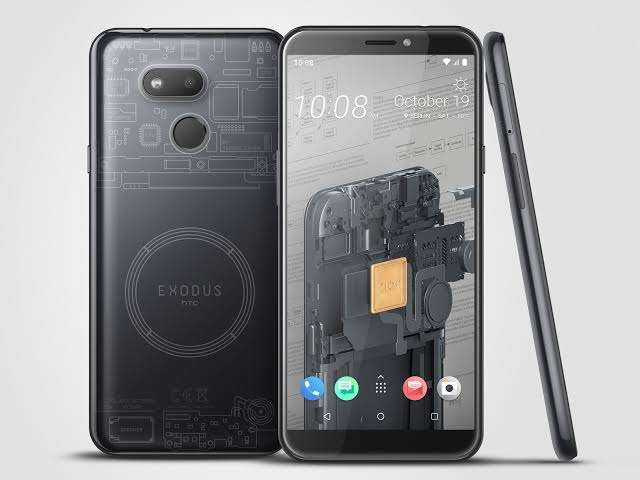
Launched in October 2018, the phone is a 6GB RAM-powered device with an octa-core QUALCOMM Snapdragon 845 processor. HTC is known for making very silk designs and they did just that with this device. The 6-inches display has an aspect ratio of 18:9, within this sits a super LCD6 screen with a resolution of 1440 x 2880pixels.
The Display is still among the best ever made. On the inside, the device is powered by a Qualcomm Snapdragon 845 processor chipset which is split into 8 cores consisting of 4×2.8GHz Kryo 385 Gold and 4×1.7GHz Kryo 385 Silver. There is nothing to worry about in this regard as this would handle any task thrown at it with the east. Supporting the processor is a 6GB RAM which is snappy and enough for today’s intense multi-tasking.
The device is powered by a 3500mAH battery which is not quite on par with today’s competition but luckily it supports fast charging. On the camera front, the HTC Exodus 1 packs a dual combo of a 12-megapixel primary rear camera coupled with a 16-mega pixel camera. Turning the selfie camera is also a duo comprising of one primary 8MP and another 8MP supporting camera. There is enough space- 128Gb for storing your pictures and videos.
9. HTC Desire 19+
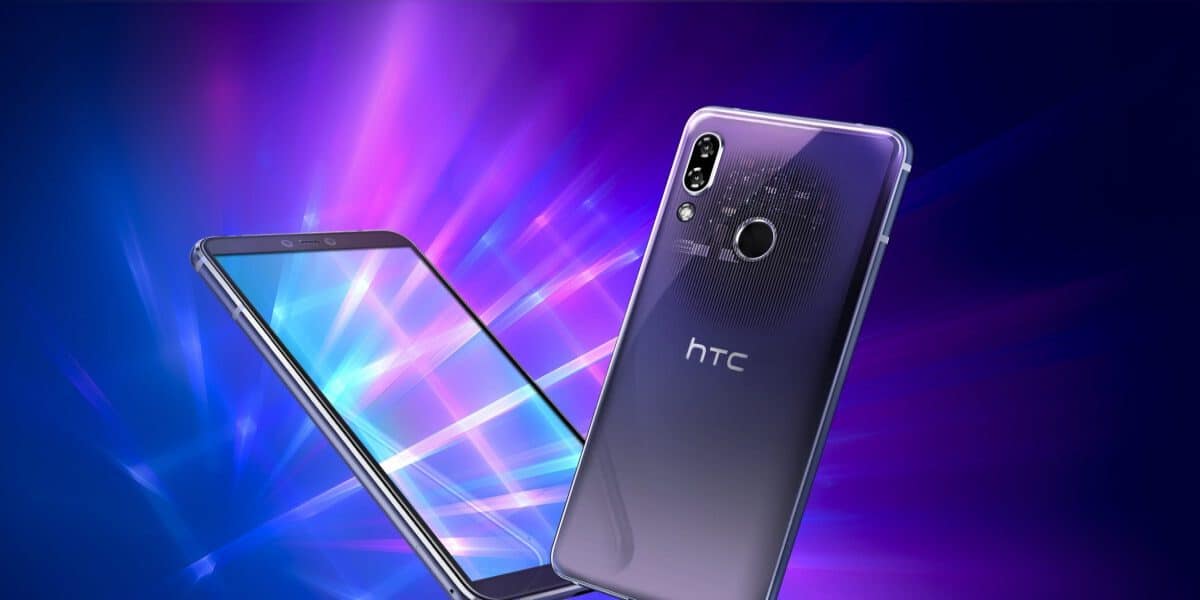
Another formidable HTC contender, the HTC Desire 19+, was introduced to the mobile phone market on the 11th of June 2019. The phone comes with a large 6.2-inches display with a resolution of 720×1520 pixels. I know right, very poor. Why would HTC do this? Well, it’s because this device is one of HTC’s budget devices. So if you’re looking to save some bucks while purchasing an awesome mobile device, the Desire 19+ may be the guy to go to.
Let’s find out if they also cut the budget on the processor as well. The mobile device comes powered by an octa-core MediaTek Helio P35 processor. Oops! They did. The Mediatek Helio P35 is supposed to compete with the snapdragon 665 but the Snapdragon’s performance blows that of the Mediatek Helios out of the water. Ouch! However, let’s not forget, that this is one of HTC’s premium budget devices. So you shouldn’t expect much from it.
So let’s get into other aspects of this device. The processor is supported by 4GB RAM, the same as what is seen on the Samsung S8. Hopefully, it performs just as well with regards to multi-tasking.
Moving to the camera, the front camera is equipped with a 16MP lens, while the trio at the rear side consist of a 13MP primary camera, an 8 MP camera and another 5MP camera. The dual sim device also comes with other standard features similar to other devices within its range. Some of them include; a 4G network, gyroscope, proximity sensor, fingerprint sensor, etc.
Bottom Line
Today’s flagship devices offer the best features available on the market and are too expensive for most people. If you are looking for cheaper devices that can hold water in 2022, then you’re at the right place. Old flagship mobile devices from around 2017 can still perform any task thrown at them and would not lag or act sluggish. The old flagship devices would easily handle any game in the likes of PUBG, Call of Duty, Minecraft, etc. and most importantly, they are very cheap. Why cry over being able to afford newer flagships when the old ones haven’t run out of juice.
